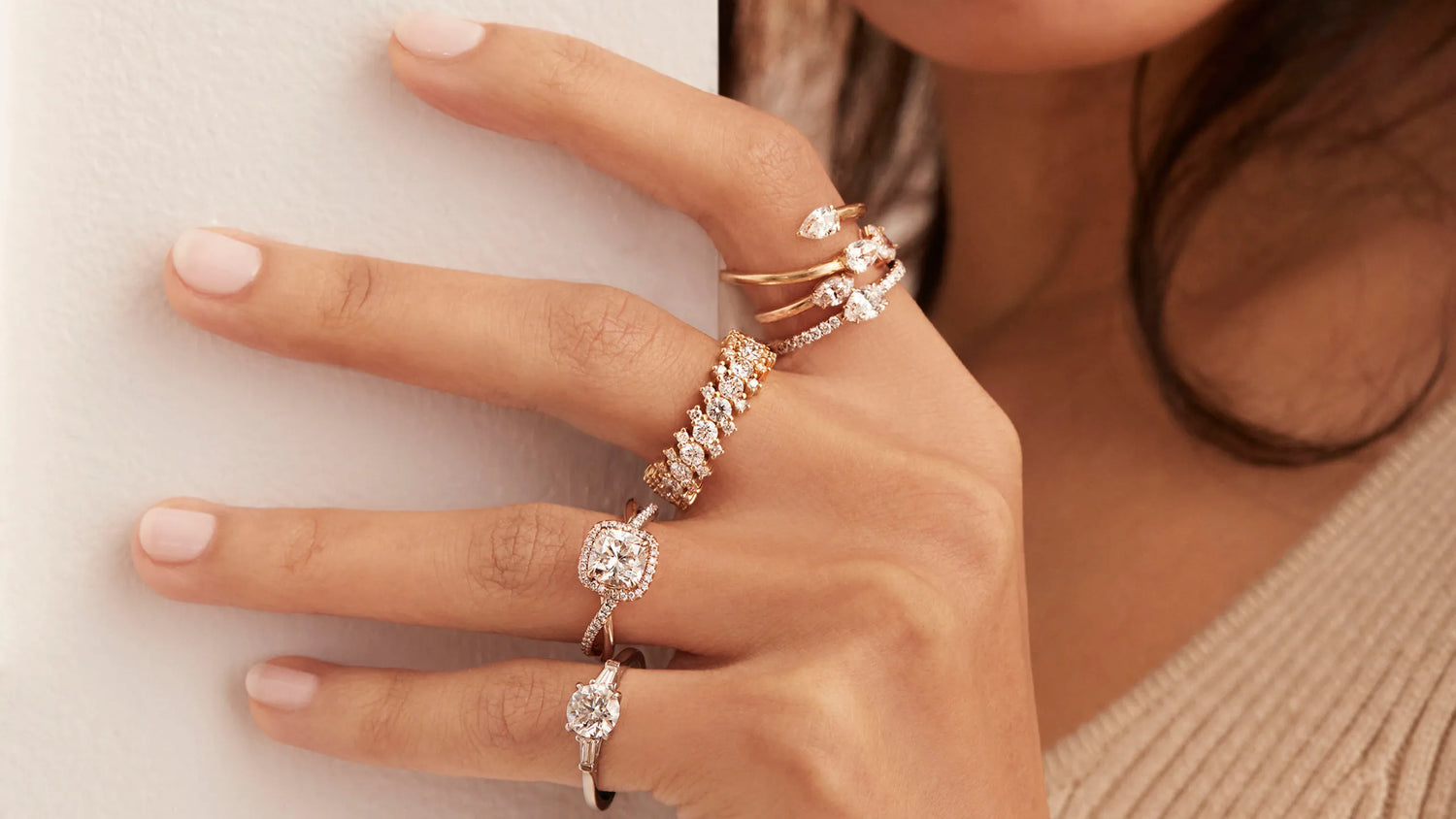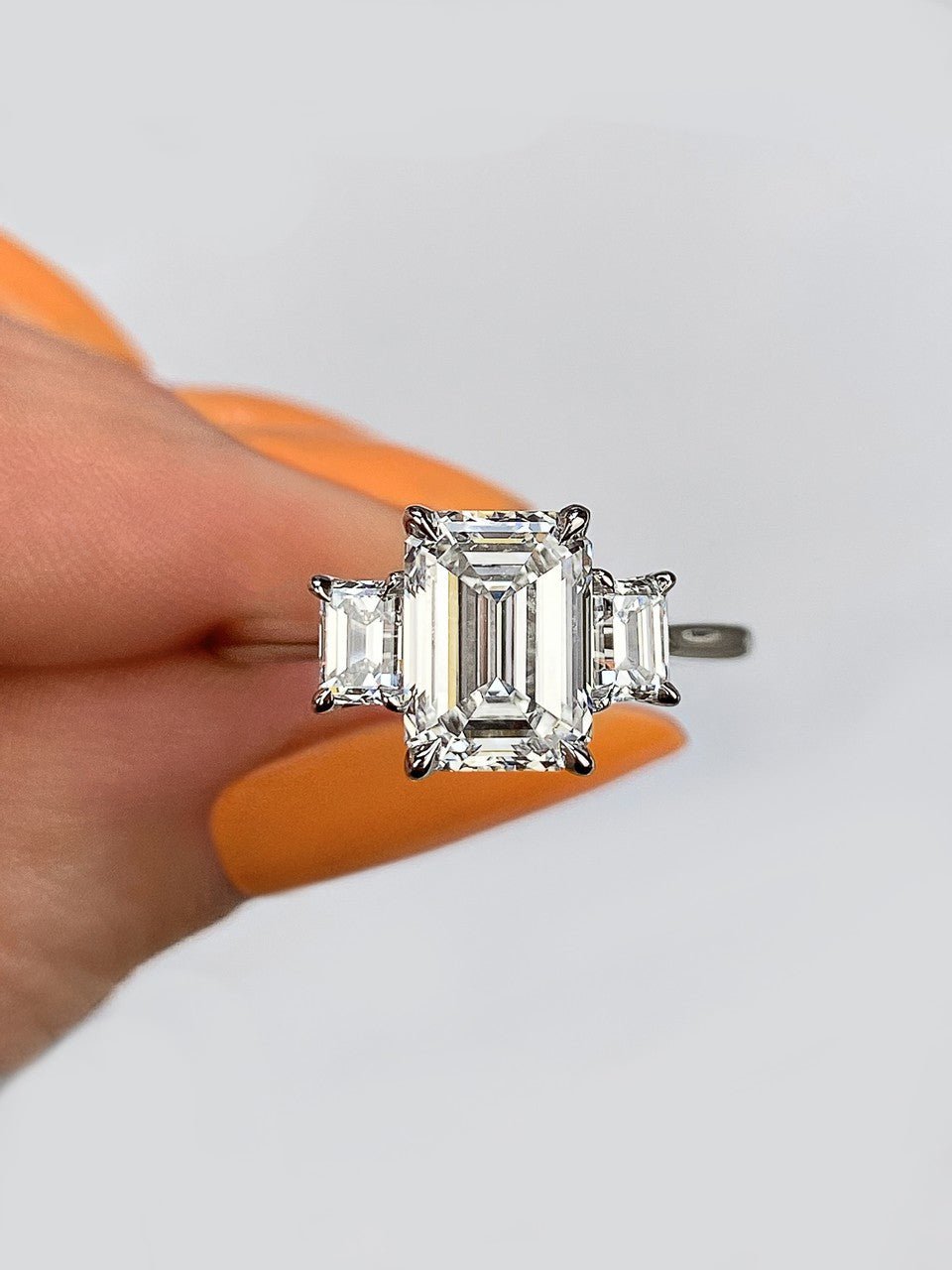Platinum, an extremely rare metal, used in the production of fine jewelry is associated with exclusivity and wealth. For example, in the music industry, an album selling more than a million copies is credited as “platinum”. The precious metal was first used in royal jewelry in the early twentieth century when Queen Elizabeth, the Queen Mother’s coronation crown was fashioned out of platinum.

Platinum is prized for both its durability and beauty. Never fading or changing color, due to the metals naturally occurring white sheen, it never requires rhodium plating. its popularity in diamond engagement ring settings is increasing with each passing year.
Like the institution of marriage itself, platinum is permanent and will last forever. Platinum is a true symbol of eternal love, and its magnificent, natural white sheen never fails to enhance the fine diamonds it supports.
The Rarity of Platinum
More costly than gold, platinum is found only in small quantities, in a limited number of mines around the world. Highly dense and also durable, the metal possesses great strength and, compared to other precious metals, is able to endure considerable stress. Because of its density, platinum is a secure median for setting your diamonds.
The Purity of Platinum
With an unusual purity rating in the 90-95% range and alloyed with small amounts of palladium, iridium as well as ruthenium, platinum also comes as a welcome relief to those suffering from metal allergies.










